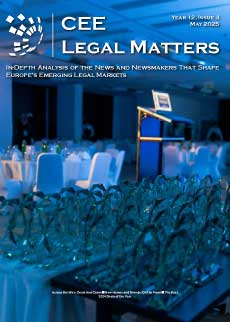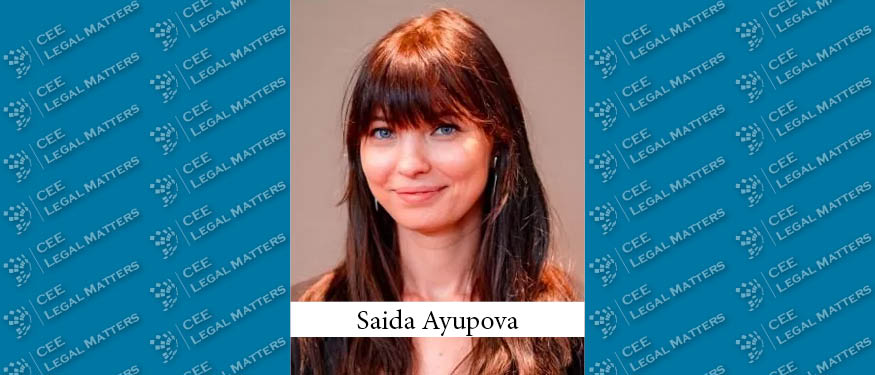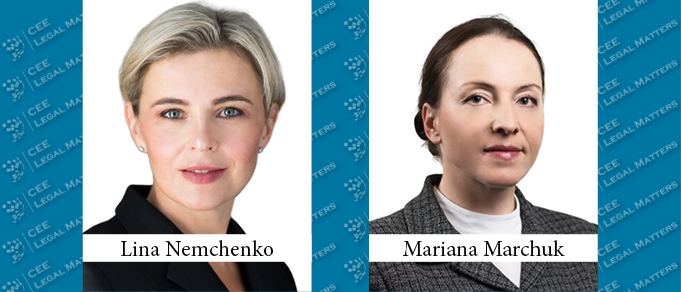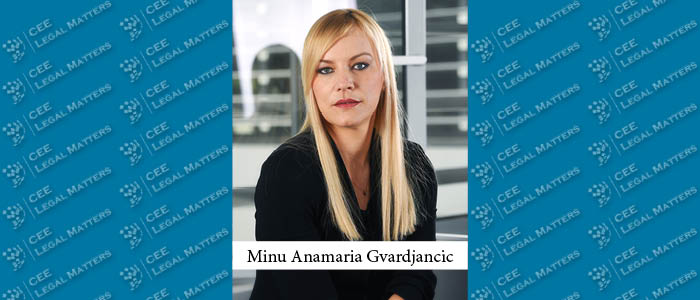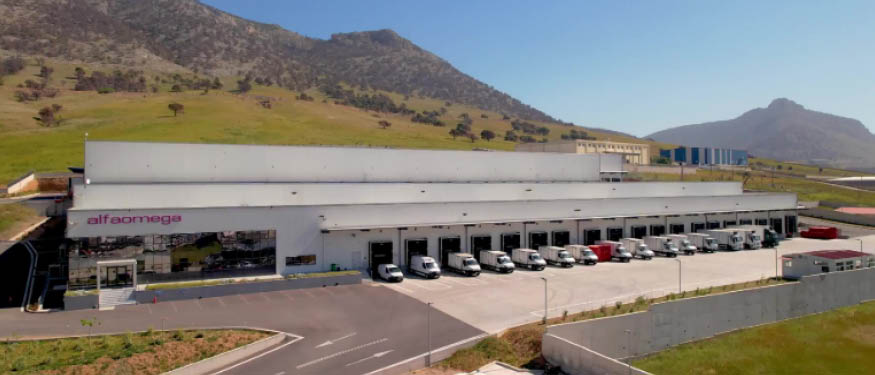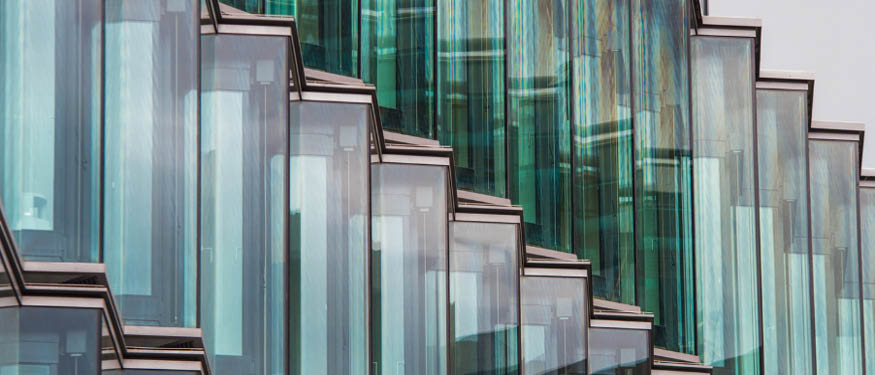Recently, the Court of Appeal in Belgrade, in its ruling No. Gž4 168/22 dated May 30, 2024, addressed the issue of determining copyright infringement in a case where, at the time of publication of the work, a different author was credited as the author.
Background
- The Plaintiff personally credited another party as the author of the photograph at the time of its publication on an internet portal.
- The Defendant (media) obtained the published photograph from that internet portal and, when publishing the acquired photograph, credited the individual listed as the author of the photograph.
- The Defendant acted in good faith, respecting the right to attribution of the author by acknowledging the individual indicated as the author of the photograph, reasonably believing that this individual was indeed the author.
After the photograph was published by the media, the person claiming to be the author of the photograph filed a lawsuit alleging copyright infringement, specifically the failure to attribute the photograph to its true author.
Position of the court
The first instance court determined that there was a copyright infringement without addressing the aforementioned circumstance. Conversely, when deciding on the appeal of the Defendant media publisher, the second instance court found it essential to examine in the retrial whether the Plaintiff was identified as the author at the time of the initial publication of the photograph before it was obtained by the media.
In this case, if it is proven in the retrial that the Plaintiff’s name was not attributed at the time of the initial publication, the Plaintiff would not be considered the author of the photograph.
In this regard, the question arises whether Article 13 of the Copyright and Related Rights Law, which addresses situations involving unknown authors, applies.
In such cases, the presumption of authorship falls upon the person who published the work, meaning that the publisher is deemed the author. Consequently, there would be no grounds to discuss the alleged copyright infringement.
Additionally, the question arises as to whether, if it is subsequently established that the Plaintiff holds copyright over the published photograph, such a finding would be sufficient to award non-material damages, regardless of the fact that the Plaintiff was not attributed as the author at the time of the initial publication.
Conclusion
The potential award of non-material damages in this scenario clearly raises concerns about misuse, as an author might improperly attribute the work to another party at the time of the initial publication and later seek damages by claiming that they are the actual author, rather than the person initially credited.
For this reason, among others, courts must consider the fact that the photograph was obtained and subsequently published in the same manner and with the same attribution as it was initially published, meaning that it was done in good faith and with respect for all authorial rights.
This article is for informational purposes only and does not constitute legal advice. If you need further information, please feel free to contact us.
By Minja Mucic, Junior Associate, PR Legal





